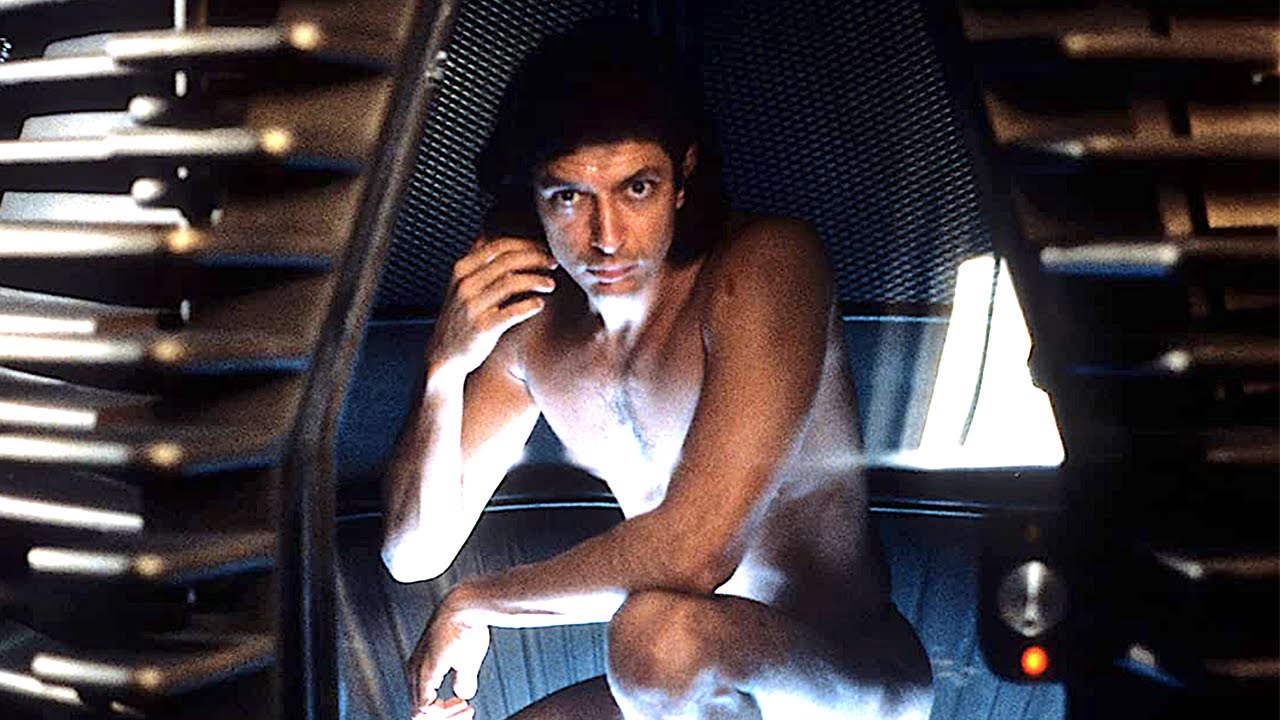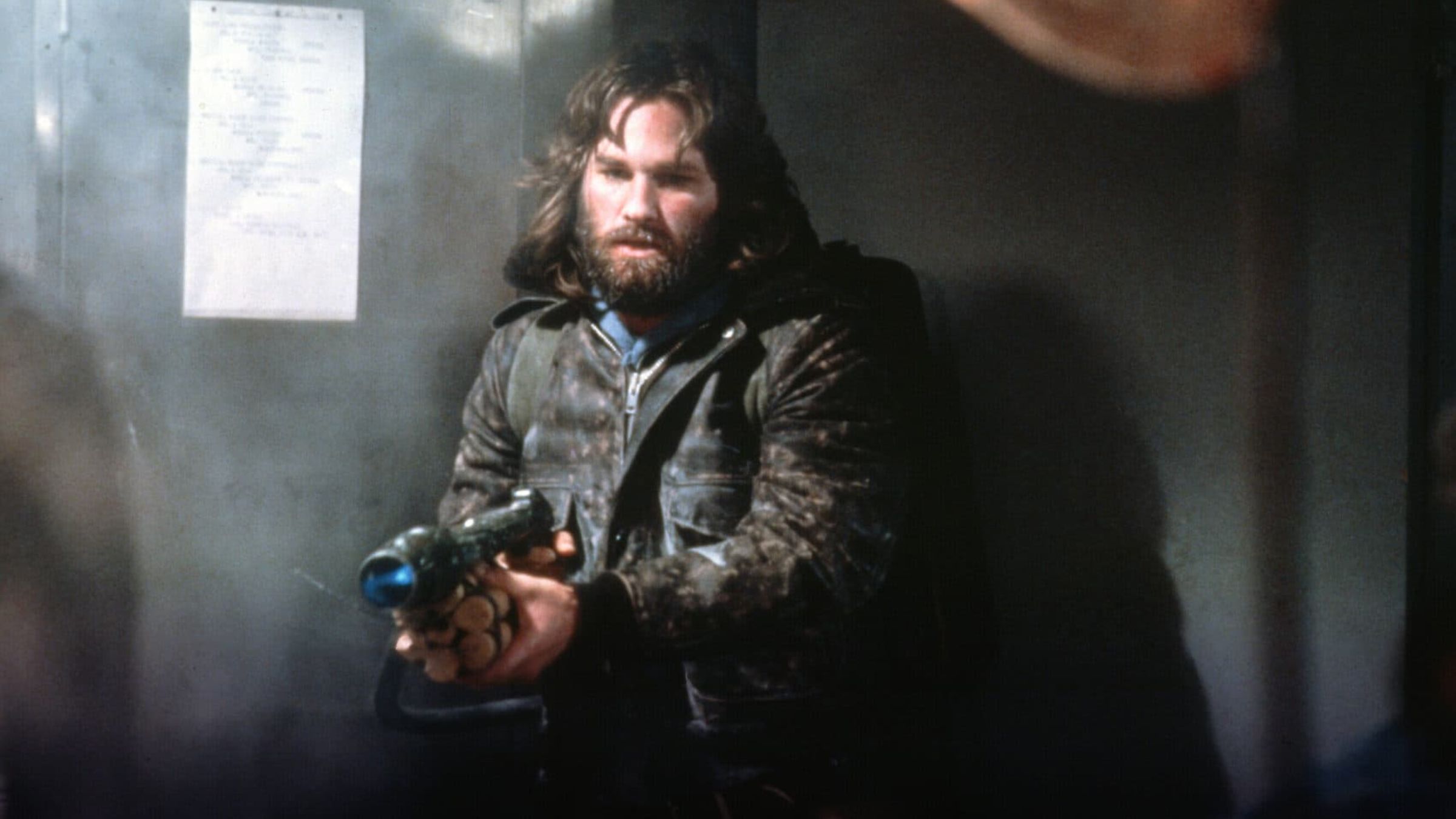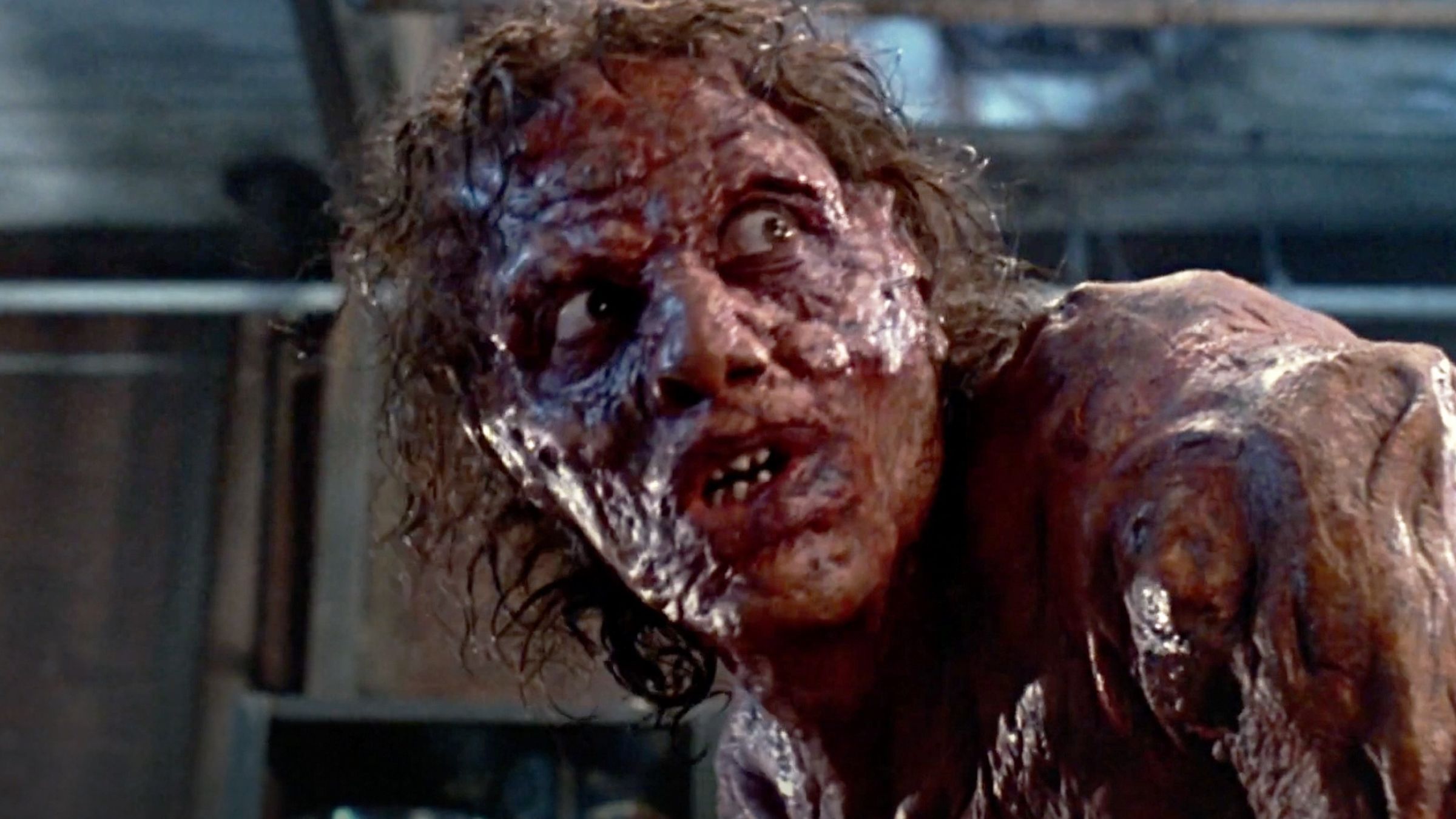
The 1980s were a golden age for science fiction films, producing movies that remain classics today. Sci-fi’s popularity surged after World War II, evolving from stories about eccentric scientists to films reflecting anxieties about nuclear war and Soviet invasion during the Cold War. This pattern is typical for the genre – sci-fi often explores societal fears and imagines future possibilities, whether frightening or wondrous, that stem from those concerns. Often, it’s the fear of what we don’t know or the potential dangers of scientific advancement that inspire the most compelling sci-fi stories.
The contrast between potential destruction and optimistic progress was never more apparent than in the 1980s. During the height of the Cold War, a new generation focused on scientific advancements that some feared could ultimately cause humanity’s downfall.
The 1980s Sci-Fi Movies Showcased a Fear of the Unknown

The 1978 remake of Invasion of the Body Snatchers is considered one of the final standout sci-fi films of the 1970s and heavily influenced many movies of the 1980s. The film depicts the unsettling realization of an alien invasion, where aliens quietly replace humans. It tapped into the widespread anxieties of the Cold War era, a period that dominated American consciousness for over forty years.
The 1980s saw this trend continue in science fiction horror films like John Carpenter’s The Thing and his later, beloved film They Live. The Thing featured an alien replacing people in a gruesome and terrifying way. They Live took the idea further, portraying aliens who had already infiltrated and were controlling the country through propaganda and hidden messaging. Both films tapped into the audience’s fear of a hidden, hostile force taking over their lives. They Live suggested this takeover had already occurred, facilitated by television, news, and other media.
The 1980s also brought a surge in dystopian science fiction films, reflecting anxieties about the potential for a fascist or dictatorial government in the United States. Movies like Escape from New York depicted a bleak future where criminals were abandoned to fend for themselves in a makeshift prison city. The Mad Max series continued to explore the consequences of unchecked resource depletion. Meanwhile, Videodrome tapped into growing fears about the impact of technology, particularly the increasing presence of television in everyday life.
Mad Scientist Movies Were Still in Demand

The 1980s saw a lot of movies about aliens invading Earth, but there was also a resurgence of sci-fi films featuring eccentric scientists, reminiscent of classic Hollywood storytelling. This trend reached its peak with David Cronenberg’s reimagining of the horror film The Fly. Cronenberg’s version was a vast improvement over the original, starring Jeff Goldblum as Seth Brundle, a scientist who invents a teleporter. Unfortunately, an experiment goes horribly wrong when Brundle accidentally merges with a fly during teleportation. The film then depicts Brundle’s disturbing and grotesque transformation into a human-fly hybrid, serving as a cautionary tale about the dangers of unchecked scientific ambition.
Two hugely popular science fiction movies from the 1980s also warned about the potential risks of unchecked scientific advancement. Aliens, a follow-up to the 1970s film Alien, illustrated the dangers of prioritizing scientific progress over human well-being, particularly within a corporate setting. Meanwhile, James Cameron’s Terminator explored the consequences of becoming overly reliant on computers and artificial intelligence. These cautionary tales resonated with audiences during the materialistic ’80s, a time characterized by ambition and a competitive drive for success.
Released in 1982, Blade Runner is still hailed as a landmark science fiction film. The movie centers around a future where “Replicants”—highly realistic robots designed for labor—are created but denied basic human rights. It’s a thought-provoking story that explores what it truly means to be human, a question that resonated strongly in the 1980s and continues to be relevant today.
Action sci-fi films of the era often followed a similar pattern. For example, RoboCop explored the idea of a cyborg police officer in a future city, but focused on how a powerful corporation could manipulate and ultimately cause widespread harm. The Running Man anticipated the rise of reality television, posing the question of what might happen if a company and the government teamed up to create a deadly game show.
The 1980s Also Featured Sci-Fi Movies About Hope in a Time of Fear

Science fiction doesn’t always have to focus on fear. While many are worried about how quickly the world is changing, people also crave sci-fi films that offer a sense of optimism. This was true in the 1980s. Films like Blade Runner and John Carpenter’s The Thing weren’t initially successful in theaters, but later gained popularity as classics. In contrast, E.T. the Extra-Terrestrial was a huge hit when it came out and continues to be a beloved sci-fi film.
While films like The Thing focused on terrifying aliens, E.T. offered a heartwarming story about a friendly alien protected by children from the government. Audiences in the 80s were craving comforting stories, and a lovable alien was much more appealing than a scary monster. This trend continued with lighthearted films like the teen comedy Weird Science and the fun sci-fi adventure Short Circuit. Flight of the Navigator also fit this mold, telling the story of a boy who returns home after an alien abduction, remarkably unchanged by time. All of these movies provided enjoyable, family-friendly science fiction entertainment.
The classic 1980s film Back to the Future also struck a perfect balance. It warned about the dangers of irresponsible science and how easily things could go wrong, but ultimately offered a hopeful message about learning from mistakes. While Doc Brown fit the “mad scientist” mold, he was portrayed as endearing and ultimately good-hearted. This optimistic tone resonated with audiences who were anxious about the threat of nuclear war.
1980s science fiction films perfectly captured the spirit of the decade. They reflected the era’s excesses with stories warning about the risks of unchecked corporate power and technology. Heightened Cold War anxieties fueled alien invasion narratives, while a sense of hope shone through in films that suggested a positive future was still possible.
What do you think? Leave a comment below and join the conversation now in the ComicBook Forum!
Read More
- Ashes of Creation Rogue Guide for Beginners
- ARC Raiders – All NEW Quest Locations & How to Complete Them in Cold Snap
- Best Controller Settings for ARC Raiders
- Where Winds Meet: How To Defeat Shadow Puppeteer (Boss Guide)
- Ashes of Creation Mage Guide for Beginners
- Where Winds Meet: Best Weapon Combinations
- Fishing Guide in Where Winds Meet
- Bitcoin’s Wild Ride: Yen’s Surprise Twist 🌪️💰
- Netflix’s One Piece Season 2 Will Likely Follow the First Season’s Most Controversial Plot
- Eldegarde, formerly Legacy: Steel & Sorcery, launches January 21, 2026
2025-11-08 04:11